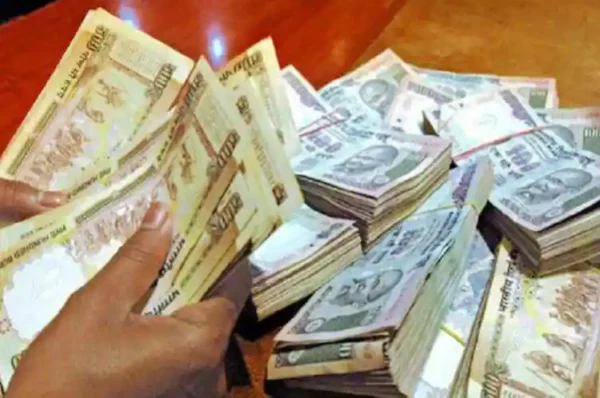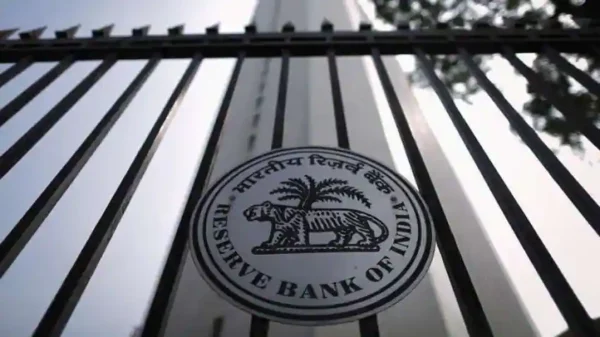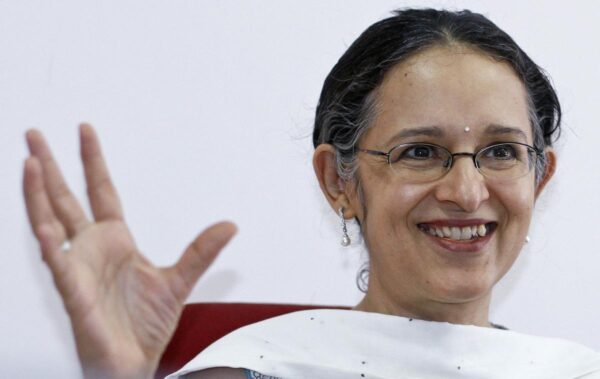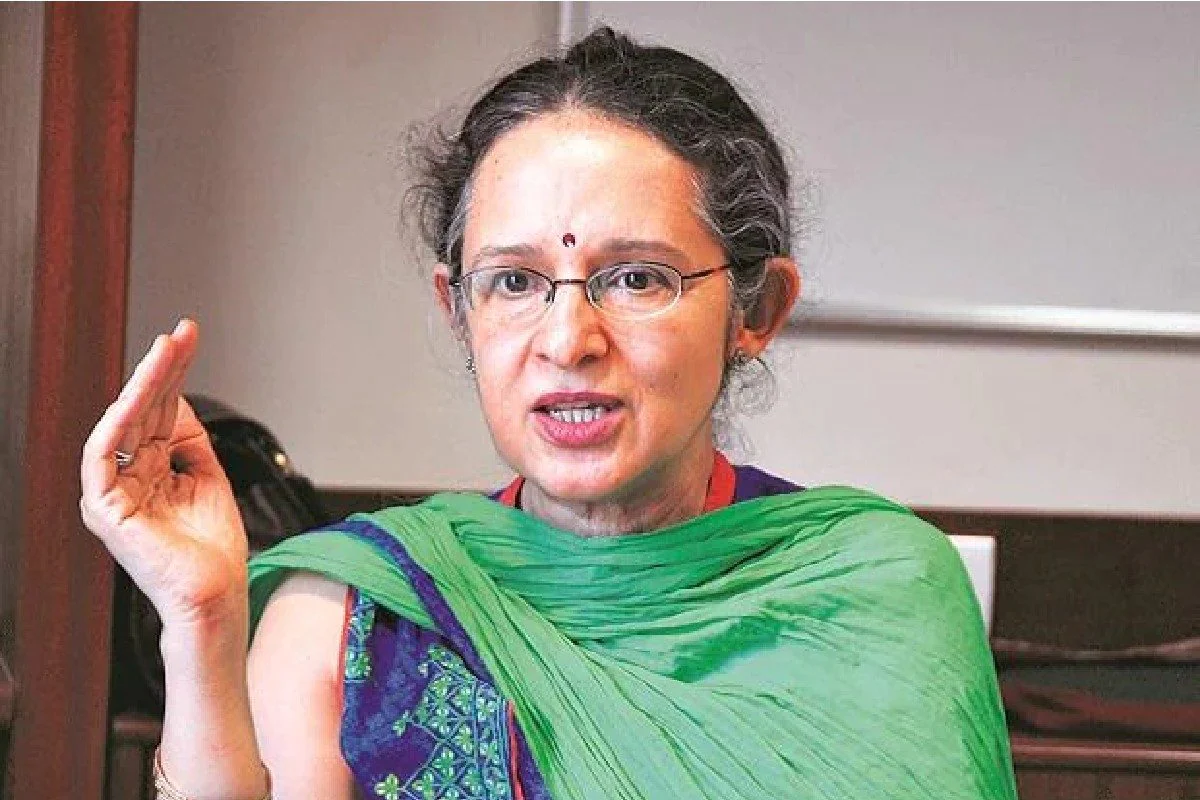Ashima Goyal, a member of the RBI’s Monetary Policy Committee (MPC), has regarded demonetisation for the increase in tax revenues and said that it will move the country closer to the ideal state when little tax is collected from a Large Base.
Ashima Goyal, a member of the RBI’s Monetary Policy Committee (MPC), has regarded demonetisation for the increase in tax revenues and said that it will move the country closer to the ideal state when little tax is collected from a Large Base.
The old Rs. 1,000 and Rs. 500 banknotes were demonetised on November 8, 2016 As Part of Prime Minister Narendra Modi’s historic decision. The Main Objective of this step was to stop the flow of black money and encourage the use of digital payments.
Acknowledging that demonetisation had some short-term costs but some Long-Term Advantages, Minister Goyal stated that it increased digitalization and formalisation in the economy and decreased tax evasion, although there is still work to be done.The Minister said to the Press Trust of India (PTI) that demonetisation contributed to the current tax buoyancy that the country is benefiting from and added that it contributed to the progress towards the aim of low tax rates on a Large Base.
On October 9, the tax department reported that the total amount of tax on Corporate As Well As Individual incomes collected to date in the current fiscal year increased by about 24 percent, reaching Rs 8.98 lakh crore.

For the seventh month in a row, in September, GST collections exceeded Rs 1.40 lakh crore., totaling Rs 1.47 lakh crore, a 26% increase over the Same Month Last year, reflecting increased tax revenue.
For the seventh month in a row, in September, GST collections exceeded Rs 1.40 lakh crore, totaling Rs 1.47 lakh crore, a 26% increase over the Same Month Last year, reflecting increased tax revenue.
Meanwhile, in response to a query about Central Bank Digital Currency (CBDC), Goyal stated that Central Bank Digital Currency’s (CBDC) goals are to decrease the use Of Cash And upliftment of the current payment system rather than replace it.
Minister Goyal noted that, given That Cash Is expensive and inconvenient, CBDC can definitely fulfil modern needs, Reach Remote Areas, and improve financial inclusion while Reducing Expenses.
The Reserve Bank recently announced that it will shortly begin the pilot launch of the e-rupee for specific use cases in order to improve the efficiency of payment systems in India, support India’s digital economy and prevent money laundering.

The RBI, in a concept note on Central Bank Digital Currency, stated that CBDC is aimed At Enhancing Present forms of currency rather than replacing them. Also, It is intended to give Customers Additional Payment options rather than to replace the existing payment systems.
The RBI, in a concept note on Central Bank Digital Currency, stated that CBDC is aimed At Enhancing Present forms of currency rather than replacing them. Also, It is intended to give Customers Additional Payment options rather than to replace the existing payment systems.
A CBDC is a digital currency note that Is Distributed By central banks. Majority of the Central Banks Worldwide Are exploring the issuance of
CBDC, but the key forces for its issuance depends on the particular needs of each country.

In response to a Question Regarding India’s widening trade deficit, Goyal stated that there are several policy levers available to lower the deficit, With Exchange Rate Depreciation and Decreasing Aggregate Demand being two of the short-term measures.
In response to a Question Regarding India’s widening trade deficit, Goyal stated that there are several policy levers available to lower the deficit, With Exchange Rate Depreciation and Decreasing Aggregate Demand being two of the short-term measures.
However, she believes that focus should be placed on longer-term sustainability-enhancing measures like lowering oil consumption, reducing reliance on energy imports, and promoting exports.
According to Goyal, the best export incentives are those that increase the competitiveness of the Indian sector by reducing The Expenses And hassles associated with doing business here.
In September, India’s trade deficit increased to USD 26.72 billion, while exports decreased by 3.52 percent to USD 32.62 billion.
edited and proofread by nikita sharma



